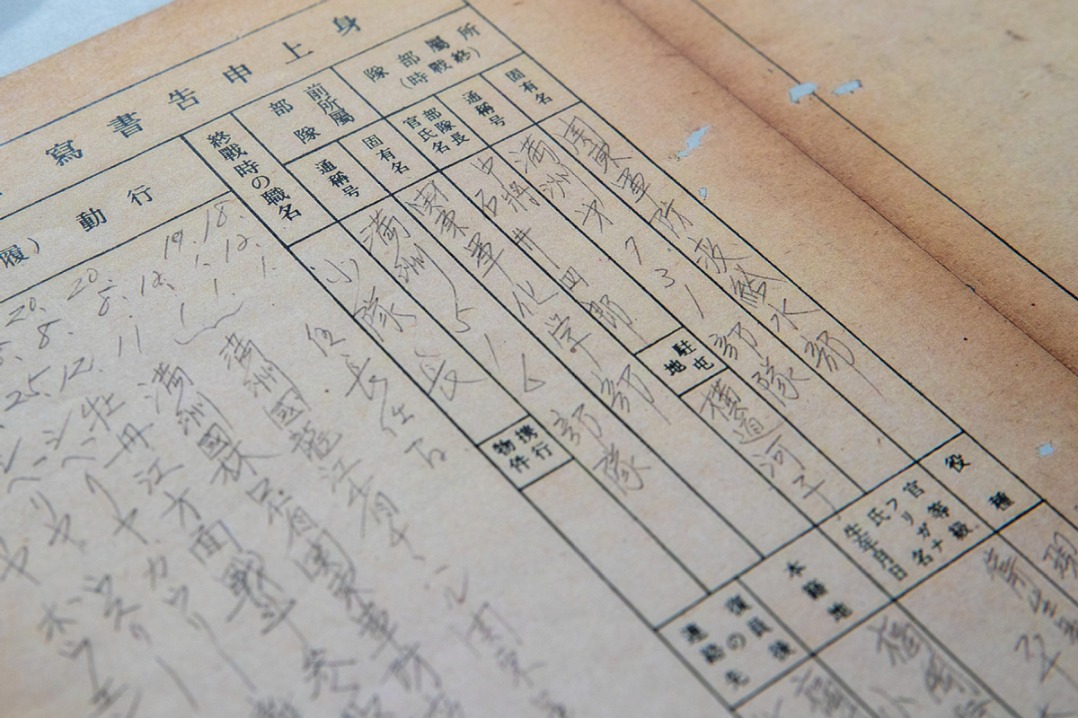Firms racing to meet AI tech challenge
By MA SI | China Daily | Updated: 2023-07-05 09:26

Domestic rivals competing for large language model versions; also vying to keep pace with ChatGPT
A special battle is going on in China as established tech heavyweights and startups scramble to develop their own artificial intelligence large language models to pounce on the opportunities created by AI-generated content.
The move comes as AIGC is expected to become the largest technology transformation since Internet 1.0, which marks the dawn of a new AI era when computer algorithms can produce new text, images, code, video or audio in a humanlike fashion.
Large language models are computer algorithms fed with huge amounts of textual data for use in a variety of tasks, ranging from natural language processing to machine translation.
Goldman Sachs Research said that breakthroughs in generative AI have the potential to bring about sweeping changes to the global economy.
As tools that use natural language processing work their way into businesses and society, they could drive a 7 percent, or almost $7 trillion, increase in global GDP and lift productivity growth by 1.5 percentage points over a 10-year period, the research house predicts.
"Despite significant uncertainty around the potential for generative AI, its ability to generate content that is indistinguishable from human-created output and to break down communication barriers between humans and machines reflects a major advancement with potentially large macroeconomic effects," Goldman Sachs economists Joseph Briggs and Devesh Kodnani wrote in a report.
Eager to turn the rosy prospects into reality, Chinese companies are either stepping up their push in AI or coming up with new initiatives. Local governments are also rolling out favorable policies to speed up AI development.
As of May, China had developed at least 79 AI large language models, or rivals of ChatGPT — an AI chatbot developed by US-based AI research company OpenAI — according to a report released by the Institute of Scientific and Technical Information of China.
As an acronym for Chat Generative Pre-trained Transformer, ChatGPT has wowed the world by showcasing its versatility in writing essays, checking program bugs and making business plans, which differentiates it from previous narrow AI projects that excel in only one area.
Zhao Zhiyun, head of ISTIC, said China's large language model technology has developed rapidly along various technical routes in recent years, adding that some pre-trained versions with industry influence have emerged in various fields including natural language processing and machine vision.
Chinese tech heavyweights such as Baidu Inc, Alibaba Group Holding Ltd and Tencent Holdings Ltd are all betting big on the technology, and a string of startups are also emerging to launch their LLMs.
China's general-purpose LLM application is expanding from office and entertainment to fields such as healthcare and industry education, according to ISTIC.
With ChatGPT leading a new wave of global LLM technology development, China is pooling AI innovation resources to carry out research in LLM algorithms and key technologies.
According to a plan released by Beijing in May to promote the innovation and development of AI, the core industry scale of AI in the city is expected to reach 300 billion yuan ($41.4 billion) by 2025.
Shanghai released a series of measures to support the participation of private companies in the construction of AI infrastructure such as data and computing power.
Shenzhen in South China's Guangdong province has proposed to integrate funding resources in AI with a scale of 100 billion yuan to shore up its intelligent computing power cluster supply, innovation ability of key core technologies and products, and industrial agglomeration.
Jerry Liu, head of China internet research at UBS, said a new computing cycle will emerge every 10 or 15 years, and AIGC will be the beginning of the next cycle.
Liu said many companies in the Asia-Pacific region are behind their counterparts in developed markets in terms of digitalization. However, policy support for digitalization, coupled with the lower entry barrier provided by AI technology, could present significant growth opportunities for businesses in the region.
China has more users of generative AI and more data compared to other economies, so there are many opportunities, he added.
























